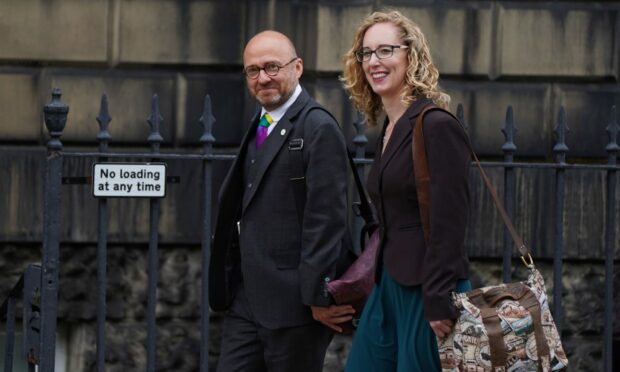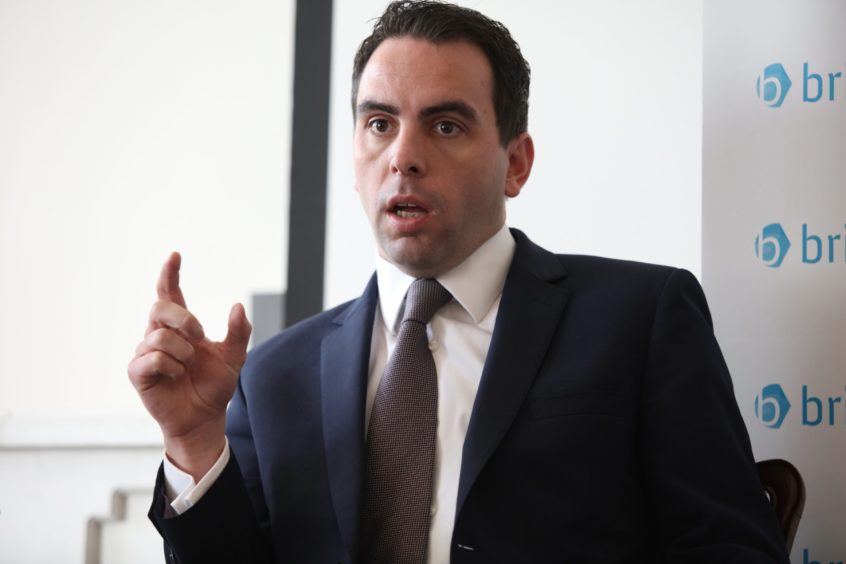The Scottish Government’s support for electric vehicles is under scrutiny after it emerged only 4% of some public bodies are currently using zero emission machines.
New figures reveal the huge scale of the challenge in decarbonising Scotland’s large public sector fleet.
Less than one in five, or 17%, of the vehicles in the public sector fleet are now electric vehicles.
Transport remains the biggest cause of emissions in Scotland. It is also one of the areas that has seen the least progress in cutting emissions during recent years.
But there remains cause for optimism for those championing greater EV use across the public sector.
Environment body NatureScot now operates with a vehicle fleet that is 42.5% electric. Although with a total of 26 electric machines, the agency operates a smaller fleet than many of its counterparts.
The Scottish Government’s environmental credentials have come under renewed scrutiny since the co-operation agreement between the SNP and the Greens.
Those among the lowest are Forestry and Land Scotland with only 4% of its vehicles electric.
That is 24 vehicles out of a total of 604. The numbers reflect the scale of the challenge in decarbonising off-road forms of transport and forestry work.
NHS Scotland fleet operates with around 10% of zero emission vehicles. That’s 364 vehicles out of around 3,600 units.
The figures emerged after freedom of information requests submitted by the Scottish Conservatives.
Scottish Government ‘failing to deliver’ on electric vehicles
Maurice Golden is a Conservative North East MSP. He said: “These government-funded organisations should be setting the example. But instead they are still relying on the very vehicles they tell everyone else not to drive.
“The SNP-Green coalition talks a good game on the environment, yet when push comes to shove it invariably fails to deliver.
“Public bodies should be setting an example when it comes to switching to sustainable cars – and 17% is nowhere near good enough.
“It’s deeply concerning, and clearly they are receiving insufficient funding from the Scottish Government to upgrade their fleets.
“Achieving net zero requires more than just speeches and empty promises.”
Which public sector bodies run the most electric vehicles?
The Scottish Government aims to phase out the sale of petrol and diesel vehicles by 2030.
At least 107 of the 517 vehicles, or around 20%, of the Scottish Fire and Rescue Service fleet are zero emission vehicles, according to the FOI responses.
The Scottish Ambulance Service runs 1478 vehicles, of which 206 – or 14% – are currently electric.
A Transport Scotland spokesperson said the Scottish Government had set out an ambition to decarbonise public sector vehicles in stages.
That would start with cars and new light commercial vehicles by 2025, moving to all new vehicles by 2030.
He said planners would apply “flexibility and pragmatism for front line, specialist and emergency service vehicles where required”.
He said: “The Scottish Government has supported decarbonisation of fleets in local authorities since 2014 and in other public bodies since 2019.
“We have invested more than £60 million to date.
“The funding has provided support and financial assistance to enable the procurement of over 3,450 zero and ultra-low emission vehicles as well as charging and refuelling infrastructure.”











